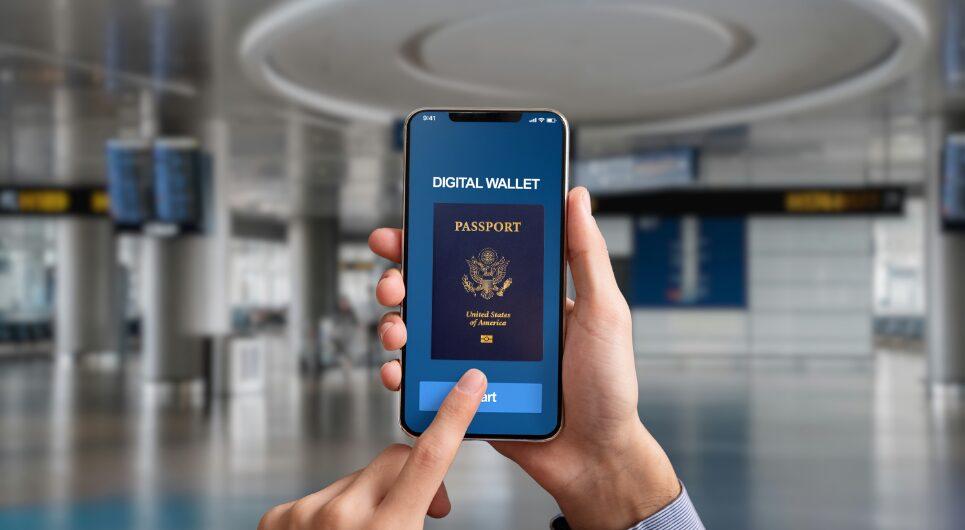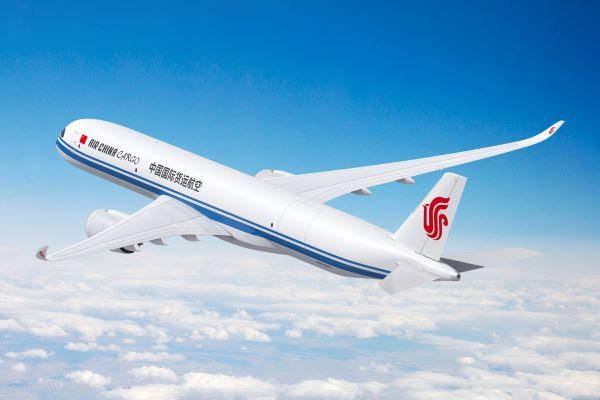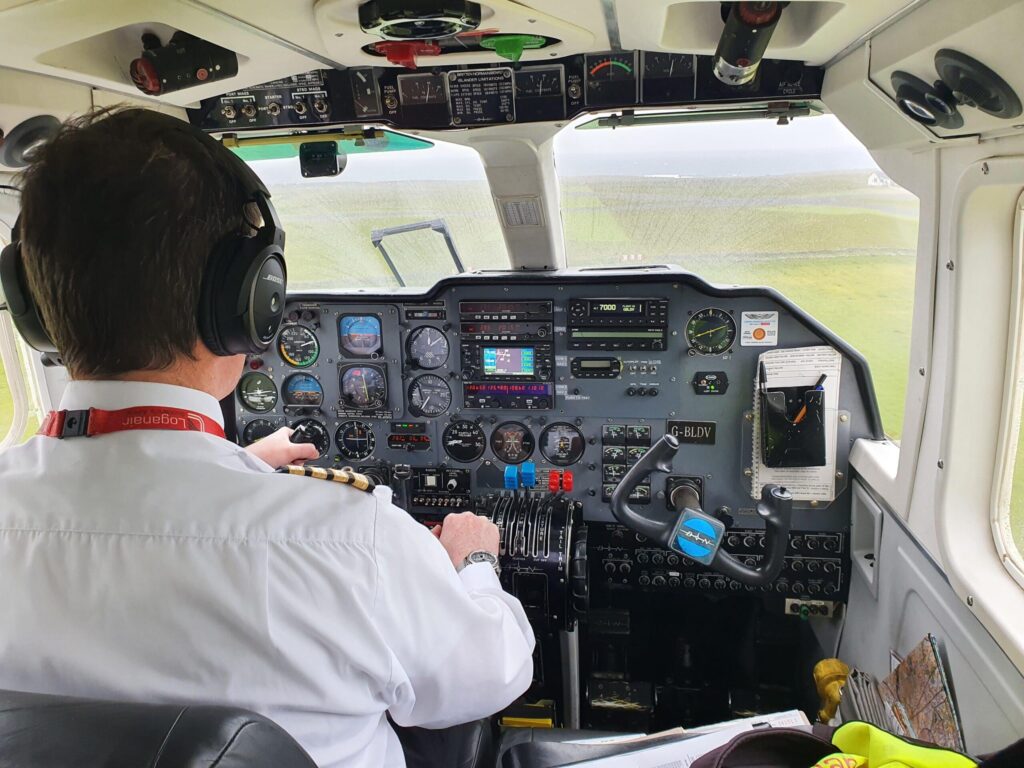Why Frequent Flyers Love Galapagos Cruises
Why The Galapagos Islands Are Ideal For Frequent Flyers
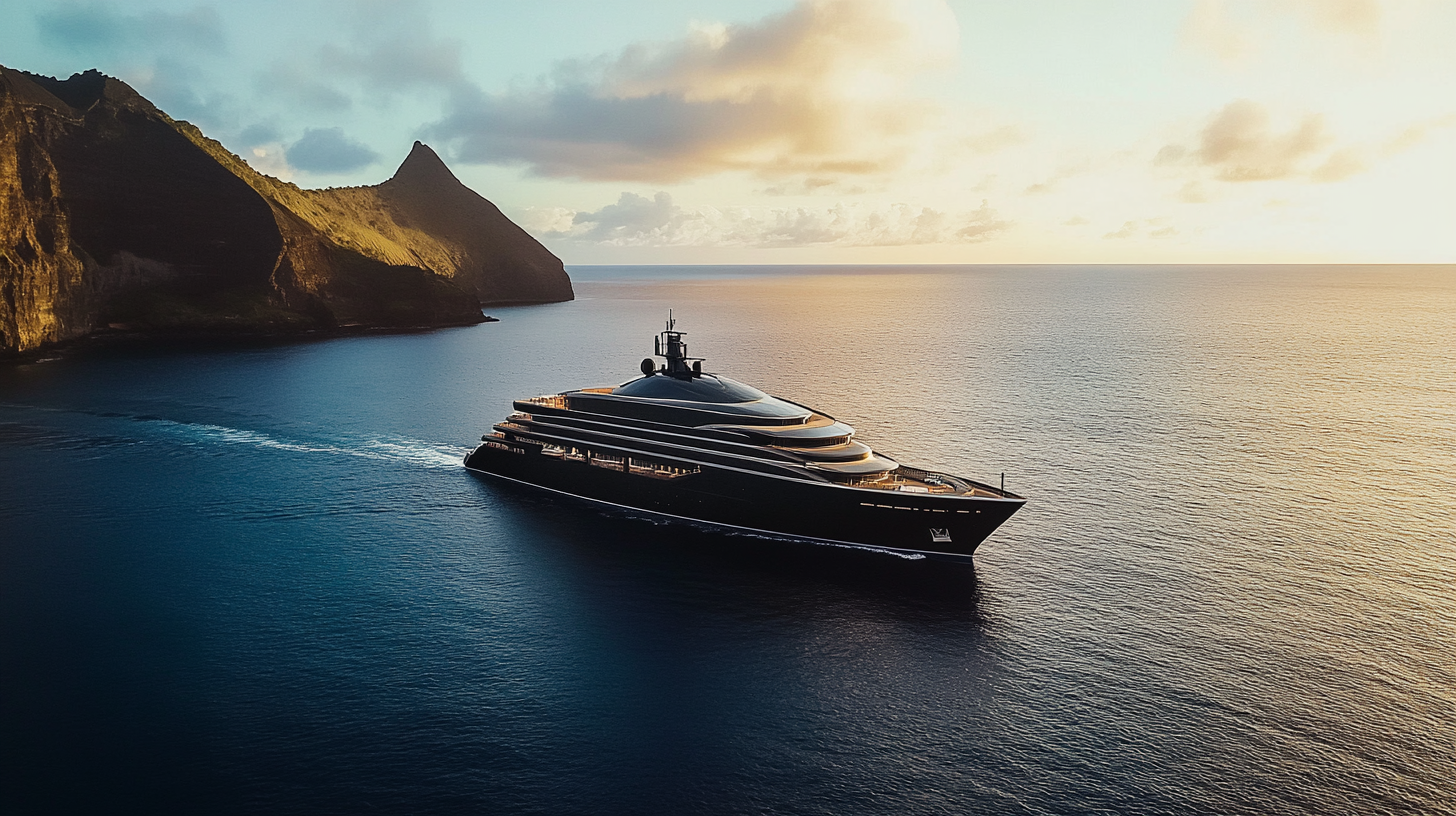
The Galapagos Islands lie roughly 600 miles off the coast of Ecuador and boast some of the world’s most unique wildlife, from giant tortoises to playful sea lions. I’ve followed countless itineraries to these islands, and I’ve noticed that strict eco-regulations limit visitor numbers and itineraries, creating a protected environment that feels extraordinarily intimate. Frequent flyers often harness award flights to reach Quito or Guayaquil, then connect to Baltra or San Cristobal to begin their cruise. Once on board, travelers can expect daily landings, guided nature hikes, snorkeling sessions, and kayaking excursions—always led by experienced naturalists who illuminate the beauty all around.
From my extensive reading, I’ve found that the archipelago was declared a UNESCO World Heritage site back in 1978, which speaks to its undeniable ecological significance. According to the Galapagos National Park Directorate, visitor figures in recent years stabilized at around 270,000 annually, ensuring a delicate balance between tourism and conservation. If you value a meaningful experience that combines easy flight redemptions with front-row access to remarkable creatures, the Galapagos Islands encapsulate the perfect blend of convenience and wonder.
Seasoned travelers especially appreciate how these excursions typically bundle accommodations, meals, and guided tours. Rather than juggling multiple reservations, you can settle into a curated package that actively supports conservation while providing a hassle-free vacation. It’s that fusion of low-hassle planning and breathtaking ecosystems that keeps the Galapagos on my “must-experience” list for frequent flyers everywhere.
Aqua Expeditions’ Custom Superyacht

Aqua Expeditions offers a premium voyage on a custom-designed superyacht, blending modern comfort with sustainable exploration. On paper, this signature yacht caters to those who crave ample cabin space, gourmet dining, and intimate excursions ashore. By limiting group sizes, it fosters a personalized approach that feels far from the typically crowded cruise experience.
Throughout my research, I’ve noticed Aqua Expeditions places a strong emphasis on responsible travel. A recent study suggests that small-group expeditions often have a lower carbon footprint than larger tours, thanks to fewer passengers and more efficient provisioning. Onboard waste management systems keep plastic usage remarkably low, and curated wildlife briefings elevate awareness among all guests. As someone who’s read countless traveler reports, I see Aqua Expeditions as an excellent option if you prioritize comfort but still demand an eco-friendly ethos.
And while luxury always resonates with frequent flyers seeking a relaxing escape, what really stands out is the emphasis on connecting travelers with nature. In my view, it’s about witnessing howler monkeys or Galapagos penguins in real time, then returning to a thoughtfully appointed cabin to process the day’s adventures. That blend of exploration and high-end service rarely goes unnoticed.
Ecoventura’s Eco-Friendly Fleet
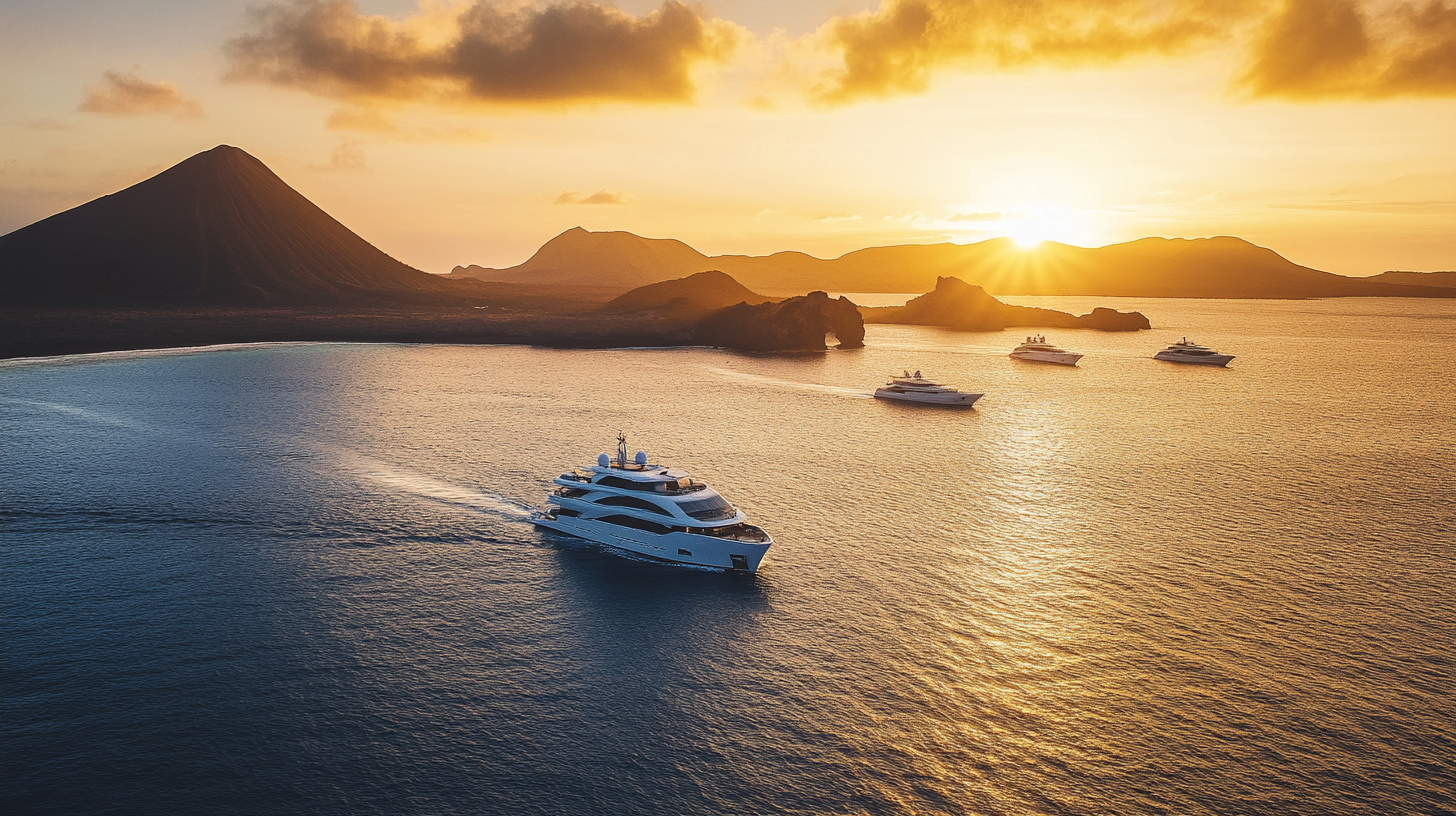
Ecoventura sets itself apart with a steadfast commitment to environmental stewardship, operating vessels that significantly reduce fuel consumption and plastic usage. I’ve seen many eco-focused operators, but Ecoventura’s approach appears especially robust, featuring onboard recycling initiatives and an “every drop counts” water conservation philosophy. Itineraries range from a brisk four-night foray to leisurely, in-depth explorations spanning more than a week.
Data from the International Ecotourism Society indicates that demand for sustainable travel options is rising by 10–12% annually. Ecoventura capitalizes on that momentum, offering experiences for solo travelers, families, and couples who want to learn about preserving delicate ecosystems without compromising on creature comforts. Their naturalist guides consistently receive glowing reviews for effectively translating the islands’ complex biosphere into an accessible narrative for guests—something I consider essential in any immersive trip.
In my observation, many travelers remark that Ecoventura’s smaller group sizes foster a friendly camaraderie on board. You end up swapping stories of sea turtle sightings and newly discovered avian species, forging meaningful connections with fellow passengers. For me, that sense of community—paired with practical, hands-on learning—helps embody the very essence of purposeful travel.
Silversea’s Classic Silver Origin
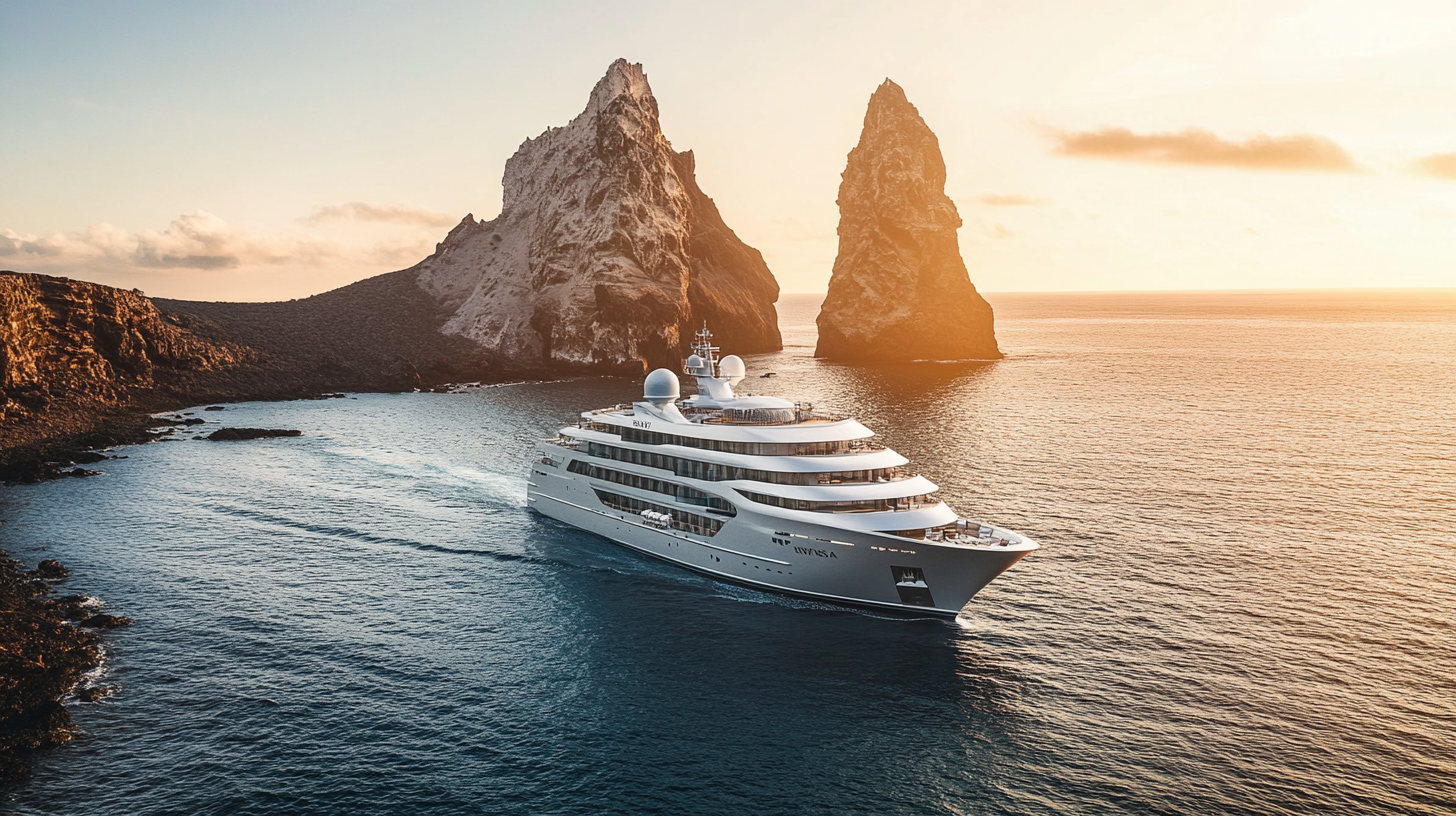
Silversea‘s Silver Origin delivers an upscale twist on Galapagos exploration, complete with butler service, spacious suites, and a team of seasoned naturalists. From a first-person perspective, I can appreciate how well these add-ons cater to discerning travelers looking for a more lavish experience. Kayaking, paddleboarding, and glass-bottom boat tours are highlights, allowing you to witness the marine life from multiple vantage points, be it above or below the waterline.
According to industry data, more than half of Galapagos cruise passengers cite high-end amenities as a deciding factor in choosing their itinerary. The Silver Origin answers that call with a design that merges modern flair and functional sustainability elements. For instance, its dynamic positioning system ensures minimal environmental disturbance, eliminating the need for traditional anchoring procedures that can damage fragile marine habitats.
Still, what resonates most for me is the thoughtful synergy between comfort and conservation. I’ve pored over plenty of reviews, and guests rave about the onboard lectures that delve into Darwin’s theories, bridging the gap between luxury cruising and natural discoveries. If you’re a frequent flyer who sees value in plush accommodations but also wants to preserve the biodiversity you’ve flown so far to enjoy, the Silver Origin is a compelling pick.
National Geographic-Lindblad Expeditions

National Geographic-Lindblad Expeditions is synonymous with immersive education. Teaming up with National Geographic means you’ll often find biologists, photographers, and researchers on board who actively participate in scientific projects. Whenever I come across traveler stories, I’m impressed by the hands-on focus—whether guests are learning to capture the perfect wildlife shot or understanding microclimate variations across different islands.
One recent scientific publication suggested that interactive programs, such as wildlife tagging and reef monitoring, foster deeper environmental awareness among passengers. Lindblad Expeditions harnesses this approach, encouraging you to observe, learn, and even contribute to ongoing research. In my view, if you’re the type who values thorough explanation over superficial sightseeing, this operation offers a rare level of engagement.
Your daily routine might include everything from underwater photography lessons to guided hikes where blue-footed boobies strut right before your eyes. It’s a fully immersive experience that goes far beyond checking off a “place to see” list. For frequent flyers craving enrichment, those in-depth insights can transform any standard vacation into a lifelong learning adventure.
Hurtigruten’s Carbon-Neutral Santa Cruz II

Hurtigruten‘s Santa Cruz II aims to be at the vanguard of carbon-neutral cruising. By blending time-tested maritime practices with cutting-edge eco-technologies, they’ve carved out a niche for travelers who want the best of both worlds: reduced carbon footprints and top-tier service. I’ve come across frequent flyer blogs noting how the crew’s passion for conservation sparks truly memorable encounters—like an onboard behind-the-scenes tour that details how the ship offsets emissions and manages waste responsibly.
Hurtigruten’s itinerary often includes stops at iconic spots like North Seymour and the Charles Darwin Research Station, where you can observe crucial conservation projects in progress. Industry statistics reveal that more travelers are seeking out climate-conscious vacations each year, and Santa Cruz II stands as a leading example of how to meld comfort with conscientiousness.
For me, the real draw is that sense of alignment between what you experience and what you stand for. Seeing advanced clean energy initiatives at work while relaxing in a comfortable cabin feels reassuring—it’s a travel ethos that recognizes we’re guests in a delicate environment. Over the years, I’ve found that such experiences linger in the mind long after the cruise ends.
Choosing Your Perfect Itinerary
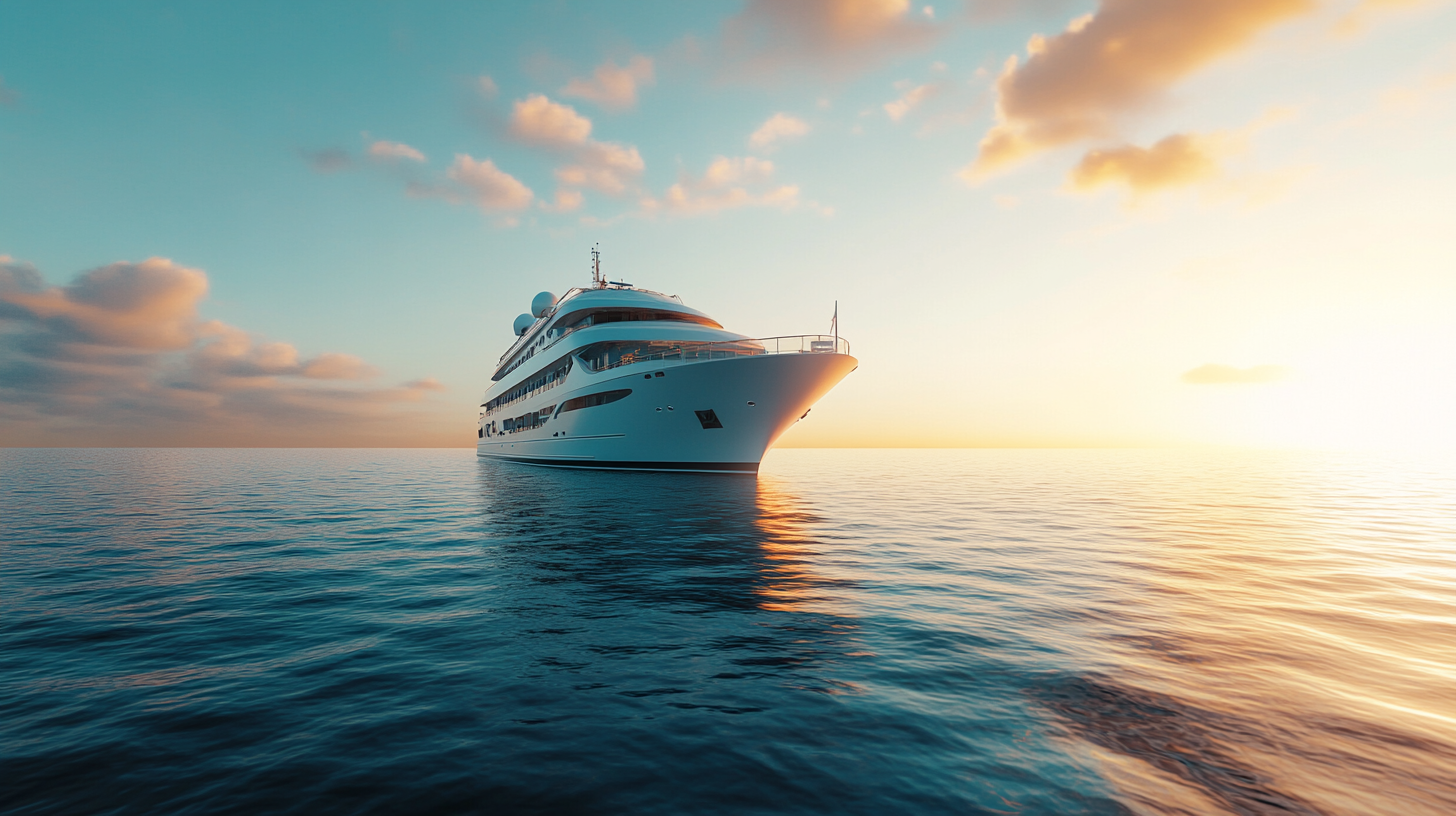
The ideal Galapagos cruise depends on your personal tastes, trip length, and desired level of indulgence. Some vessels are geared toward divers, spotlighting colorful reefs and hidden underwater treasures. Others cater to families with educational talks and engaging kids’ programs. And then there are the premium offerings that promise lavish cabins, world-class dining, and meticulous service.
In my observation, catamarans tend to offer a smoother ride, which can be invaluable if you’re prone to seasickness, while monohulls might lend a more classic cruising feel. A recent tourism review suggests that shoulder seasons—April to June and September to November—often see fewer crowds, potentially lowering costs while still offering plenty of wildlife sightings. Doing your homework or consulting with an experienced travel specialist can pay off in a big way, helping you navigate details like weather variations, wildlife spotting schedules, and vessel amenities.
Above all, it’s about finding the perfect balance between excitement and education, relaxation and exploration. By carefully weighing factors such as cabin comfort, route diversity, and company sustainability practices, you’ll set yourself up for an experience that lives up to every frequent flyer’s adventurous expectations.
Final Thoughts
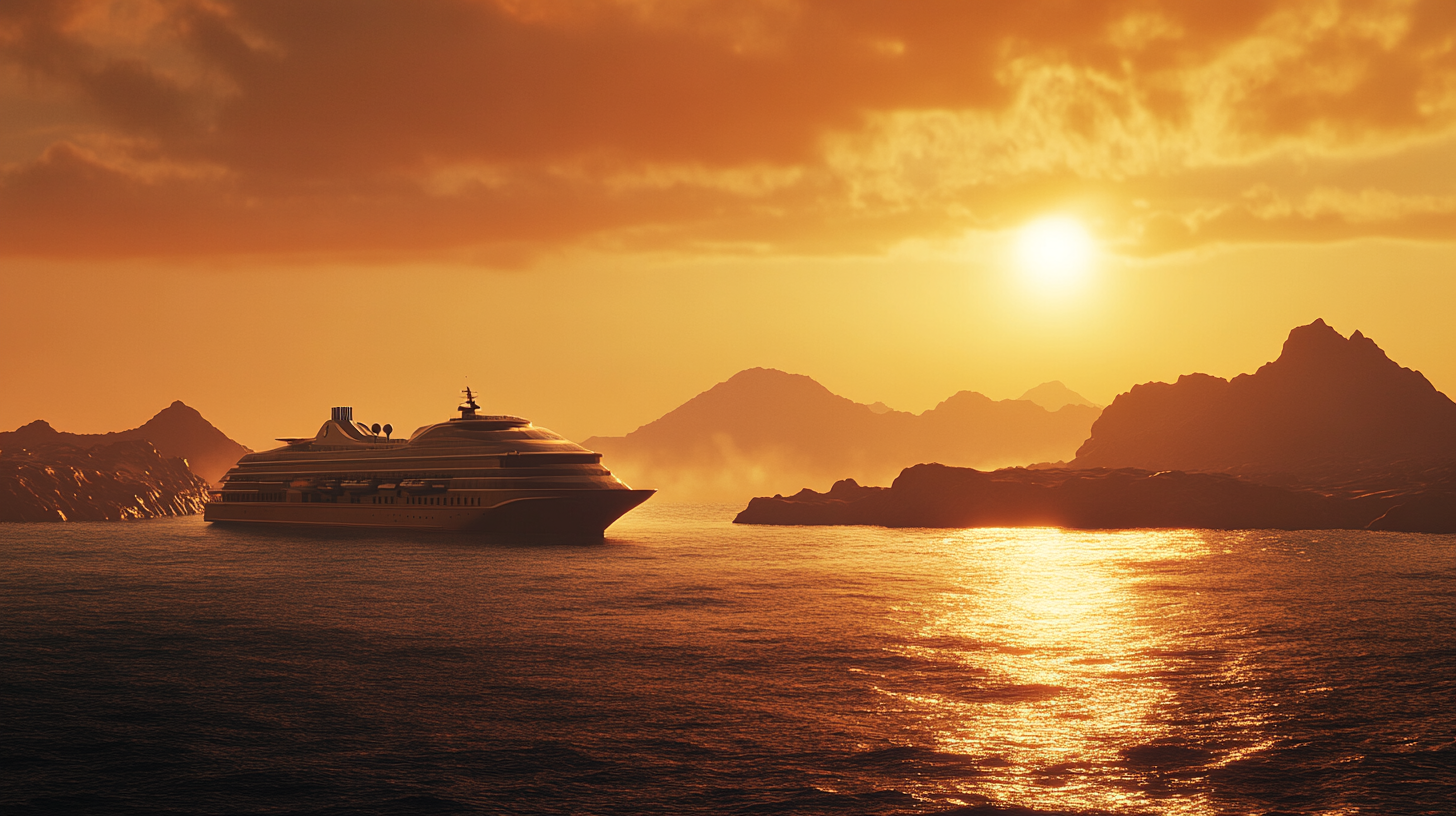
Galapagos cruises aren’t just another trip; they’re a call to engage with a living laboratory of evolution and biodiversity. It’s easy to see why these islands top so many bucket lists—there’s nowhere else on Earth where you can snorkel among curious sea lions one moment and observe giant tortoises lumbering through the brush the next. Every itinerary, no matter how lavish or laid-back, revolves around this essential idea: travel that respects and preserves the environment.
In all the narratives I’ve come across, what consistently stands out is the genuine awe people feel when they first step foot on these volcanic shores. Whether you’re indulging in five-star luxury or sticking to a modest vessel, the human-nature connection in the Galapagos is undeniable. And for those of us who’ve read countless miles’ worth of travel stories, there’s a universal sense that these islands are truly, unquestionably special.
Sky Skylar’s Take
I can’t think of a better convergence of exploration, environmental stewardship, and personal discovery. Every story I’ve absorbed underscores the transformative power of this remote archipelago, and I love how each cruise line adds its own imprint—from interactive science sessions to lavish creature comforts. The Galapagos may be remote, but they’re more accessible to frequent flyers than ever, thanks to evolving flight routes and robust loyalty programs.
When I imagine the swirl of marine iguanas and the graceful arc of seabirds overhead, I’m reminded that the best travel experiences go beyond photos—they change our perspective on how we interact with the planet. It’s a journey worth taking, even if it’s just once in a lifetime.
BoardingArea is your gateway to staying informed about all things travel.
- If you’re dreaming of a unique adventure on the seas, be sure to explore Cruise Planning in 2025: Embark on Unforgettable Voyages to start planning your unforgettable voyage.
- For those seeking the ultimate travel experiences, don’t miss this guide to Bucket-List Destinations You Can’t Miss: The Journey of a Lifetime for inspiration on your next journey of a lifetime.
- If you’re curious about what makes one of the world’s leading cruise lines so popular among seasoned travelers, check out Discover Why Frequent Flyers Love Princess Cruises.
- For those interested in eco-friendly luxury travel, Virgin Atlantic A 350 Upper Class: Eco-Friendly Luxury Travel Review provides a comprehensive review of Virgin Atlantic’s A 350 Upper Class.
- Don’t overlook Costa Maya: Mexico’s Underrated Cruise Port for Frequent Flyers to discover why Costa Maya is a hidden gem for frequent flyers.





